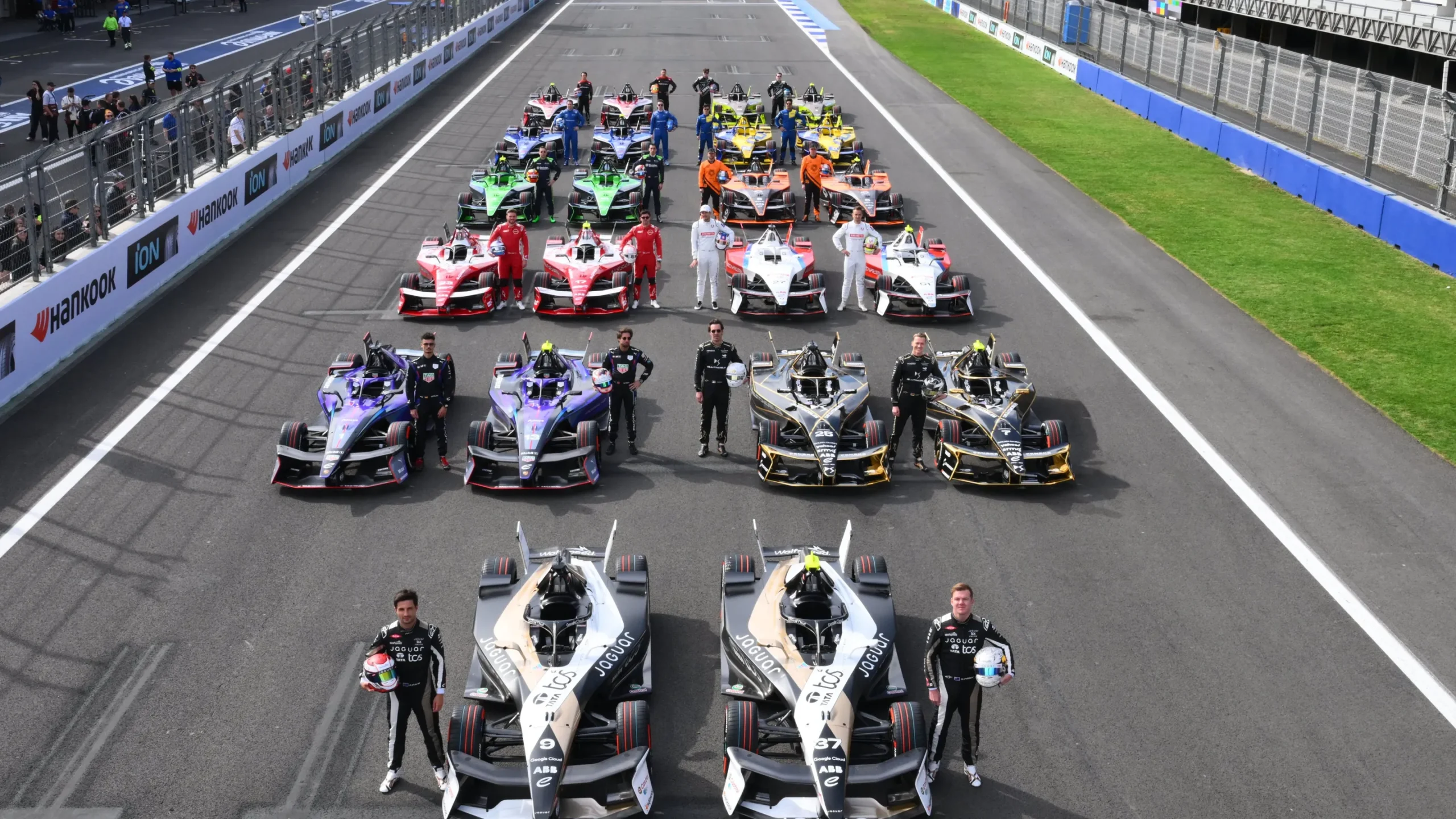Gentlemen, start your electric motors.
In the 34 years since Formula One left its tracks on the streets of downtown Phoenix, city officials have been working hard to bring the racing event back to the Valley. While NASCAR has filled the community’s craving for the sport, something new is on the horizon.
Formula E, the all-electric racing championship series, is eyeing Phoenix for a place on its calendar of races around the world in Season 13, which is expected to begin in late 2026.
In 2027, Valley residents could expect an electric racing event in their own backyard.
LEARN MORE: Rediscover Tempe with your best summer staycation yet
SUMMER FUN: 7 new and noteworthy Tempe restaurants to visit this summer
“Phoenix is one of the cities we have been talking to for some time,” Formula E CEO Jeff Dodds said during a visit to the city in March. “It’s a very interesting city because it’s not only a real sports city, but it’s also very vibrant economically. There’s a willingness on both sides to show an interest in doing it. Now we have to crunch the numbers and look at the locations and look at the calendar in its entirety.”
Phoenix City Council officials and Formula E representatives declined to comment on the potential scheduling of an E-Prix in Phoenix.
When league executives visited the Valley, they discussed three potential routes for a race in the city. An hourglass-shaped race on Washington and Jefferson streets around the Arizona State Capitol building was considered, as well as a route around the Arizona State Fairgrounds. However, Formula E, after a week in the Valley working alongside the Phoenix City Council and the Greater Phoenix Economic Council, showed the most interest in a track around Papago Park, said Phoenix Host Committee member Brad Wright.
“We’re hopeful now (Formula E) will add us to their annual circuit in the first quarter of 2027,” Wright said.
However, the city of Tempe recently raised concerns about the costs of the event, and denied a proposal to race at Papago Park, despite the Phoenix Host Committee’s willingness to cover any expenses incurred by Tempe. Now, Phoenix is shifting gears toward new venues, including a track around the state fairgrounds.
Although the decision by Tempe officials surprised the parties involved, it may not come as a shock to most Valley sports fans. In May 2023, Tempe voters decided against building a new arena for Arizona’s former NHL club the Arizona Coyotes.
Wright, who serves on the Greater Phoenix Economic Council executive board and was chairman for the Arizona host committee for the 2016 College Football Playoff Championship Game along with serving on the 2017 NCAA Final Four Phoenix Host Committee, is ready to push start on a new era of racing in Arizona that could shape changes beyond the sport.
Formula One last raced in Phoenix in 1991 on the downtown street circuit, which began in 1989. The track, roughly 2.32 miles, primarily wrapped around Washington and Jefferson. After the race was discontinued, Formula One didn’t race in the United States again until 2000. While a similar route was considered, some of the modern modifications to the downtown area made a potential race difficult.
“We quickly figured out that those circuits weren’t great anymore because of the light rail that has since been added downtown,” Wright said. “And a lot more operating businesses downtown would have conflicts with the race.”
Nonetheless, the city of Phoenix has been committed to the process since 2023, when the idea was first mentioned at the Portland E-Prix in Oregon. The dream made sense, given the similarities in goals shared by Phoenix and Formula E.
Sustainability remains the cornerstone of Formula E’s mission. Since the conclusion of the league’s fifth season in 2019, Formula E has added more races and still lowered carbon emissions by 41%, according to a 2023 sustainability report. Phoenix has similar goals, pioneering the Waymo autonomous vehicles service in 2020. The city also advocates for the use of cleaner energy, making the Valley an ideal fit for a Formula E venue.
“This race, unlike any other sporting events that we host, aligns perfectly with (Phoenix’s) brand of manufacturing and developing clean technology sustainability and resourcefulness,” Wright said. “This is about accelerating the use of electric vehicles one race, one city at a time. We see this as an opportunity to shine a huge global spotlight on this region, on Arizona as a leader in clean technology and sustainability.”
Wright’s law firm, Dorsey & Whitney, has also been an advocate for the event. The firm represents a number of companies in the clean technology and microchip industries.
“This is a sporting event that is about an electric vehicle, and we manufacture those here,” Wright said. “We manufacture the technology that goes into this here. We build the chips that drive them here. So it is totally on brand with who we are as a community and as an economy.”
Phoenix hopes to follow the model set by the Miami E-Prix, which returned to the Formula E calendar this season to great success. The race engaged the local community with donations to local programs, a large crowd of energized fans, and a thrilling close finish to end the event. Miami’s success can serve as a roadmap for Phoenix to follow in terms of supporting the community and bringing Formula E and keeping it for the long run.
“I can’t emphasize enough how hard they’ve worked to overcome obstacles and make this work,” Wright said. “Within the city of Phoenix, it’s really been a function of finding a location that lays out well for a race, has all the turns and runouts and things that make for an exciting race … These races require a lot of additional space for staging. You’ve got to build the garages, the pits, the grandstands, there’s a big fan zone where this will activate.
“ You think we’ve got a ton of area around Phoenix, but when you really drill that down to find a place that’s central, where it’s easy for people to get to, there aren’t a ton of options.”
Phoenix is an ideal fit for a sport and industry that only continues to skyrocket in growth. In Season 10, which concluded in 2024, Formula E’s television audience grew by 35% to nearly 500 million cumulative viewers worldwide. The sport’s social media following also increased by 20%. Despite being a relatively new endeavor, Formula E’s popularity and excitement is speeding into the rearview mirror of its Formula One counterpart.
“Formula One’s been racing for almost 100 years,” Wright said. “But [Formula E is] catching up really quickly. Also, the economic impact, they deliver about $100 million of economic impact wherever they race.”
While the details have yet to be set in stone, there is plenty of reason for optimism for a new racing event on the roads of Phoenix very soon, adding to the city’s reputation for bustling innovation and electric automobiles.




